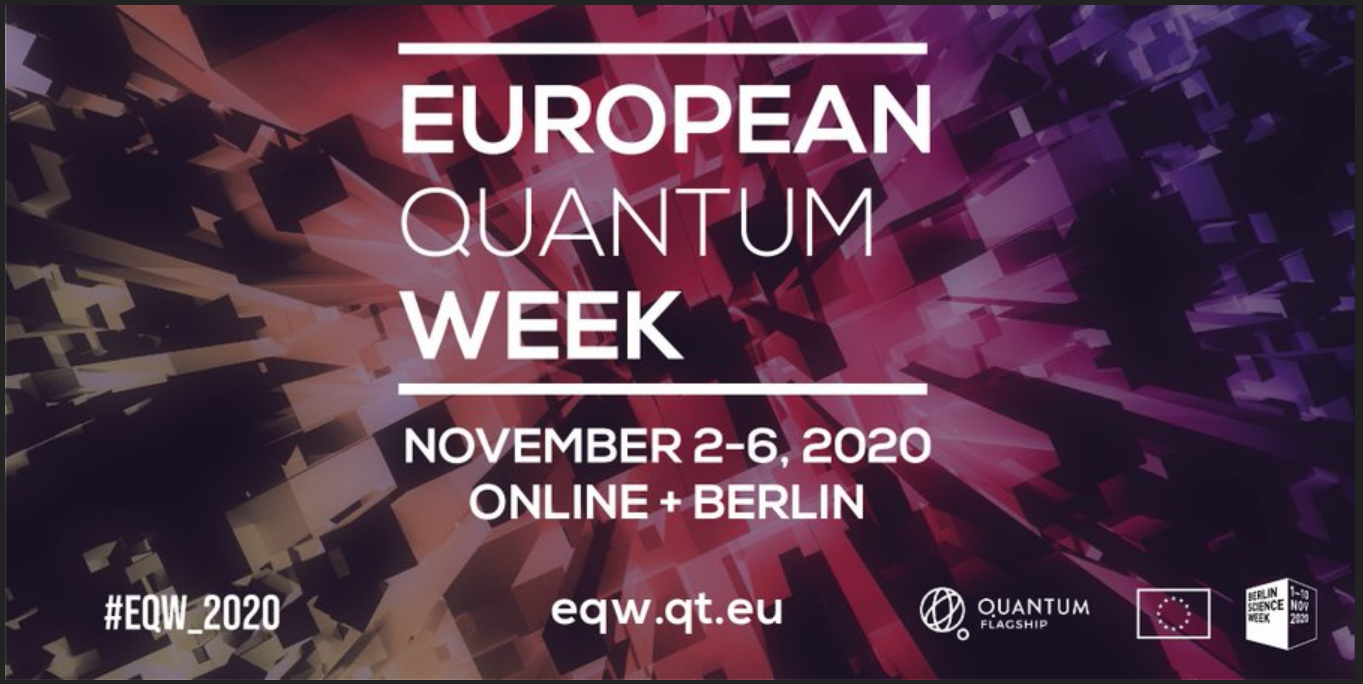Title
On the QKD Integration in Converged Fiber/Wireless Topologies for Secured, Low-Latency 5G/B5G Fronthaul
Authors
Zavitsanos, D., Ntanos A., Giannoulis, G., & Avramopoulos, H.
Abstract
A research contribution focusing on the Quantum Key Distribution (QKD)-enabled solutions assisting in the security framework of an optical 5G fronthaul segment is presented. We thoroughly investigate the integration of a BB84-QKD link, operating at telecom band, delivering quantum keys for the Advanced Encryption Standard (AES)-256 encryption engines of a packetized fronthaul layer interconnecting multiple 5G terminal nodes. Secure Key Rate calculations are studied for both dedicated and shared fiber configurations to identify the attack surface of AES-encrypted data links in each deployment scenario. We also propose a converged fiber-wireless scenario, exploiting a mesh networking extension operated by mmWave wireless links. In addition to the quantum layer performance, emphasis is placed on the strict requirements of 5G-oriented optical edge segments, such as the latency and the availability of quantum keys. We find that for the dark fiber case, secret keys can be distilled at fiber lengths much longer than the maximum fiber fronthaul distance corresponding to the round-trip latency barrier, for both P2P and P2MP topologies. On the contrary, the inelastic Raman scattering makes the simultaneous transmission of quantum and classical signals much more challenging. To counteract the contamination of noise photons, a resilient classical/QKD coexistence scheme is adopted. Motivated by the recent advancements in quantum technology roadmap, our analysis aims to introduce the QKD blocks as a pillar of the quantum-safe security framework of the 5G/B5G-oriented fronthaul infrastructure.
Venue
Applied Sciences Journal, Volume 10, Issue 15, July 2020
[Download]


 VPIphotonics announces a new release of its simulation and design tools VPIphotonics Design Suite™ 11.1 and VPItoolkit™ QKD 1.7. When used together, they represent a powerful R&D environment for the development of QKD systems based on weak-coherent prepare-and-measure protocols, including co-existence scenarios with classical channels. VPItoolkit™ QKD provides modules for both CV- and DV-QKD including transmitters and receivers, parameter estimation, and secret key rate calculation. The design environment can serve as a test bed for the development and evaluation of various implementation options of QKD systems and sub-systems, such as pulse shaping, signal recovery and filtering, and others. The toolkit offers capabilities for modeling a wide range of component imperfections by inheriting the versatile numerical approach of VPItransmissionMaker™ Optical Systems (part of VPIphotonics Design Suite™), including thermal noise, ADC quantization noise, RIN, phase noise, dark count rates, afterpulsing, dead time, etc. Also, exploiting the powerful model libraries coming with VPItransmissionMaker™ Optical Systems, the toolkit allows to investigate various deteriorate effects such as Raman scattering and cross-talk from classical channels in co-existence scenarios. The in-build sweep and scripting functionality offers a convenient way to optimize simulation parameters such as modulation amplitude, photons per pulse, filter bandwidth, BB84 basis probability, symbol rate, and others. In summary, VPIphotonics Design Suite™ and VPItoolkit™ QKD are valuable design and optimization tools for researchers and engineers working in the area of quantum communications. The foundations for VPItoolkit™ QKD 1.7 have been laid in the Quantum Flagship project UNIQORN.
VPIphotonics announces a new release of its simulation and design tools VPIphotonics Design Suite™ 11.1 and VPItoolkit™ QKD 1.7. When used together, they represent a powerful R&D environment for the development of QKD systems based on weak-coherent prepare-and-measure protocols, including co-existence scenarios with classical channels. VPItoolkit™ QKD provides modules for both CV- and DV-QKD including transmitters and receivers, parameter estimation, and secret key rate calculation. The design environment can serve as a test bed for the development and evaluation of various implementation options of QKD systems and sub-systems, such as pulse shaping, signal recovery and filtering, and others. The toolkit offers capabilities for modeling a wide range of component imperfections by inheriting the versatile numerical approach of VPItransmissionMaker™ Optical Systems (part of VPIphotonics Design Suite™), including thermal noise, ADC quantization noise, RIN, phase noise, dark count rates, afterpulsing, dead time, etc. Also, exploiting the powerful model libraries coming with VPItransmissionMaker™ Optical Systems, the toolkit allows to investigate various deteriorate effects such as Raman scattering and cross-talk from classical channels in co-existence scenarios. The in-build sweep and scripting functionality offers a convenient way to optimize simulation parameters such as modulation amplitude, photons per pulse, filter bandwidth, BB84 basis probability, symbol rate, and others. In summary, VPIphotonics Design Suite™ and VPItoolkit™ QKD are valuable design and optimization tools for researchers and engineers working in the area of quantum communications. The foundations for VPItoolkit™ QKD 1.7 have been laid in the Quantum Flagship project UNIQORN. Image source: Quantum Flagship
Image source: Quantum Flagship